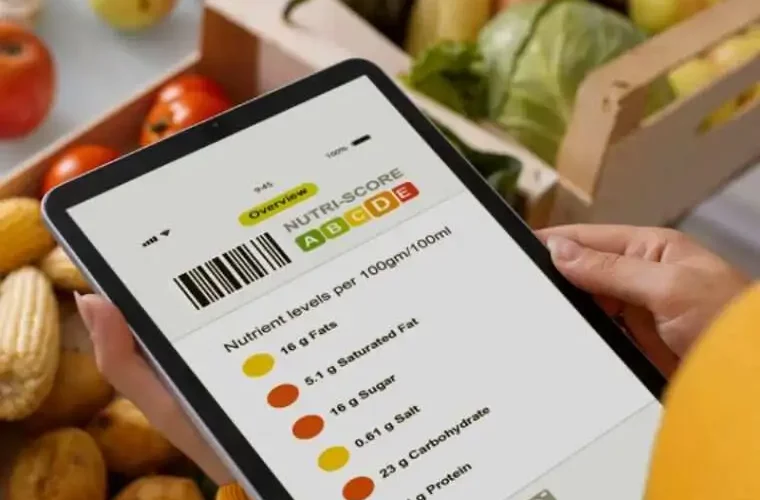Budget friendly grocery list In an era where financial consciousness and healthy eating are both paramount, finding ways to optimize our grocery shopping and create budget-friendly yet nutritious meals has become a top priority. The year 2023 brings with it a fresh opportunity to craft an ultimate grocery list that not only saves money but also ensures a well-rounded and satisfying diet. This detailed and friendly guide aims to provide you with an introduction to the ultimate budget-friendly grocery list for 2023, enabling you to make wise choices without compromising on flavor or nourishment.
The foundation of any budget friendly grocery list lies in selecting versatile food items that offer a balance of affordability and nutritional value. By focusing on staple ingredients that can be used in a variety of recipes, you’ll be able to stretch your budget further while still enjoying delicious and wholesome meals. Let’s delve into the different categories that make up this comprehensive grocery list, ensuring you have all the essentials to create satisfying dishes at home.
Grains and staples: The backbone of many meals, grains, and staples form the base for various recipes. Choose cost-effective options such as rice (brown or white), pasta (spaghetti, penne, etc.), oats, and quinoa. These versatile staples can be used in a wide range of dishes, from hearty stir-fries to comforting grain bowls and nourishing breakfasts.
Proteins: Building meals around budget-friendly protein sources is key. Opt for affordable options like chicken (whole, breasts, or thighs), ground beef or turkey, canned tuna or salmon, eggs, and dried beans (such as black beans, lentils, and chickpeas). These protein-rich ingredients offer flexibility and can be incorporated into a variety of dishes, from comforting stews and casseroles to quick and satisfying salads.
Fruits and vegetables: It’s important to maintain a balanced and nutritious diet, and incorporating fruits and vegetables is crucial. Choose wallet-friendly options such as bananas, apples, oranges, carrots, broccoli, spinach or kale, cabbage, onions, potatoes, and tomatoes. These versatile produce items can be used in salads, side dishes, smoothies, and a wide range of main courses, adding both flavor and essential nutrients to your meals.
Dairy and Alternatives: Whether you prefer dairy or plant-based alternatives, there are budget-friendly options available. Consider including milk (dairy or plant-based), yogurt (plain or flavored), cheese (cheddar, mozzarella, etc.), cottage cheese, and butter or margarine. If opting for plant-based alternatives, explore soy, almond, or oat milk options. These dairy and dairy-free essentials can be used in various recipes, including smoothies, sauces, and baking.
Pantry staples: building a well-stocked pantry is essential for creating diverse and flavorful meals while minimizing costs. Include canned beans (kidney, black, or chickpeas), canned tomatoes (diced, crushed, or sauced), peanut butter, canned soups or broths, cooking oil (such as olive, vegetable, or canola), and a selection of spices and condiments (salt, pepper, garlic powder, paprika, ketchup, mustard, mayonnaise, and soy sauce). These pantry staples serve as the foundation for adding depth and flavor to your dishes.
Snacks and Miscellaneous: While maintaining a budget, it’s important to include a few snacks and miscellaneous items for those in between cravings or quick bites. Consider nuts (peanuts, almonds, and walnuts), seeds (chia, flax, and sunflower), popcorn kernels, crackers, granola bars, and instant noodles. These affordable options provide convenient and tasty snacks when you need a quick energy boost or a satisfying treat.
Creating a budget-friendly grocery list is a great way to save money while still ensuring you have nutritious and satisfying meals. Here’s an ultimate budget-friendly grocery list for 2023 that focuses on affordable yet versatile food items:
1. Grains and Staples
Rice (brown or white)
Pasta (spaghetti, penne, etc.)
Oats
Quinoa
Bread (whole wheat or whole grain)
Flour (all-purpose or whole wheat)
2. Proteins
Chicken (whole, breasts, or thighs)
Ground beef or turkey
Canned tuna or salmon
Eggs
Dried beans (black beans, lentils, chickpeas)
Tofu or tempeh
3. Fruits and Vegetables:
Bananas
Apples
Oranges
Carrots
Broccoli
Spinach or kale
Cabbage
OnionsPotatoes
Tomatoes
Canned vegetables (corn, peas, green beans)
4. Dairy and Alternatives:
Milk (dairy or plant-based)
Yogurt (plain or flavored)
Cheese (cheddar, mozzarella, etc.)
Cottage cheese
Butter or margarine
Plant-based milk alternatives (soy, almond, and oat)
5. Pantry Staples
Canned beans (kidney, black, and chickpeas)
Canned tomatoes (diced, crushed, or sauced)
Peanut butter
Canned soups or broths
Cooking oil (olive, vegetable, or canola)
Spices (salt, pepper, garlic powder, paprika, etc.)
Condiments (ketchup, mustard, mayonnaise, soy sauce)
6. Snacks and Miscellaneous:
Nuts (peanuts, almonds, and walnuts)
Seeds (chia, flax, sunflower)
Popcorn kernels
Crackers
Granola bars
Instant noodles
7. Beverages:
Water (tap or bottled)
Coffee or tea
Fruit juice (store-bought or fresh)
Additionally, taking advantage of sales, using coupons or loyalty programs, and buying seasonal produce can further stretch your grocery budget. Happy shopping and enjoy your budget-friendly meals!




